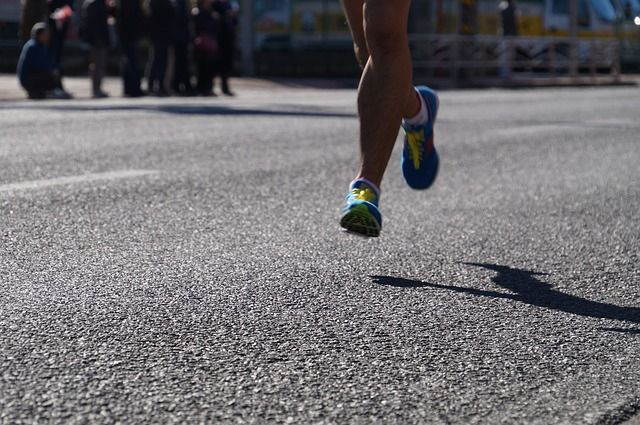Side Stitch Causes During Your Workout: 3 Ways To Prevent Exercise Discomfort

Side stitches, that uncomfortable cramping feeling when you exercise, are familiar to most athletes, from beginners to professionals. Scientists aren’t sure what causes this discomfort, officially known as exercise-related transient abdominal pain (ETAP), but there are plenty of interesting suggestions on both where they come from, and how to prevent them.
Perhaps the most viable of all theories on the origins of ETAP is that an exercise induced “stitch” is the result of the lining of the inside of the wall of the abdominal cavity, called the peritoneum, becoming irritated. The frequency and intensity of the stitch would depend on the amount and type of food you had recently eaten. Limiting your overall pre-exercise food and drink intake will most likely help to reduce side stitches, The Daily Mail reported. Large meals and sugary foods are some of the most likely culprits for our worst side stitches.
For a 2009 review on ETAP, Dr. Brad Muir from Canadian Memorial Chiropractic College analyzed literature on elite triathletes who experienced ETAP and outlined various theories on the condition's origins. These included both anecdotal information and data on physical analyses of the athletes. In doing so, Muir concluded that peritoneum irritation was the most likely explanation for the symptoms associated with ETAP. Other theories proposed on the cause of ETAP include strain on ligaments caused by the motion of working out.
According to Greatist, around 70 percent of runners have experienced a stich within the past year. In addition to avoiding overeating, and staying away from certain foods and beverages before a workout, Lewis Maharam, M.D., a sports medicine expert known as the “Running Doc,“ told Greatist that fatty foods and high fiber foods are also associated with gastrointestinal issues and may worsen exercise cramps. In addition, ensuring that you are well hydrated before a training session will also help to prevent these cramps, and reduce the likeliness of ETAP.
If you do experience a cramp, they are not serious, and LifeHacker reported that reducing the intensity of the workout will help to alleviate the discomfort.
Source: Muir B. Exercise related transient abdominal pain: a case report and review of the literature. The Journal of the Canadian Chiropractic Association . 2016
Read More:
Experts List Proven Benefits Of Exercise For Postmenopausal Women: Read Here
Your Brain On Exercise: 30 Minutes Of Physical Activity Makes Your Brain More ‘Plastic’: Read Here



























